Understanding our dogs and cats
Many people don’t understand the risks when children and dogs interact. They find it difficult to recognise the warning signs that dogs give, particularly when dogs are feeling anxious or fearful. Many of us make the mistake of thinking that our pets think the same way that we do. They don’t, and we can't assume our pet will react to a situation the same way we would. It is important parents with pets have a basic understanding of dog and cat behaviour. Although dogs and cats cannot talk, their body language and vocal cues give us a good indication as to whether they are relaxed, uncomfortable or not happy. This section explains dog and cat’s basic body language, which will help you to recognise potentially dangerous situations.On this page
How do our pets communicate with us?
Dogs and their body language
Cats and their body language


How do our pets communicate with us?
Dogs and cats communicate with us using a range of:- facial characteristics
- body positions
- vocal sounds.
Dogs and their body language

Happy or relaxed dog:
- body is generally relaxed
- head is held high
- the tail wags freely and enthusiastically
- tongue hangs out in a relaxed manner.
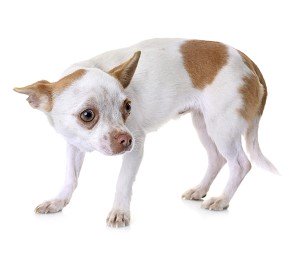
Nervous or frightened dog:
- reduces its size by crouching or rolling over to show its underbelly
- tail may tuck between legs or move from side to side in a lowered position
- ears back or flat on the head
- eyes may appear slightly closed and avoid contact
- may extend its tongue in a licking motion.
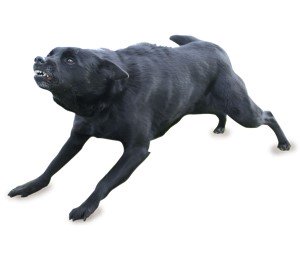
Aggressive dog or ready to attack:
- stands on the tips of its paws
- hackles on neck and back standing erect
- tail may wag slowly and stiffly, held high
- may snarl with lips pulled back showing teeth
- eyes wide open and staring
- ears will be erect
- growling and snarling.
Cats and their body language
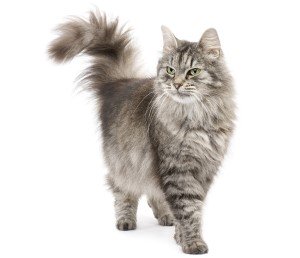
Happy cat:
- body is generally relaxed
- tail carried high with the tip hanging over the back or relaxed and low
- ears erect
- eyes are wide open or if completely relaxed eyes may be half closed
- whiskers in neutral position.
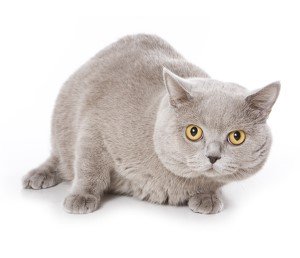
Frightened or timid cat:
- body low to the ground making itself look small
- ears laid flat on the head
- whiskers are laid back or flattened against the face
- tail under the body.
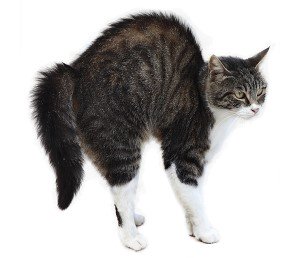
Defensive cat:
- tail erect and fluffed up
- back arched
- ears flat to head
- whiskers back
- pupils dilated
- hissing.
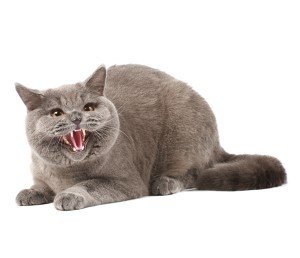
Aggressive cat or ready to pounce:
- tail low and swishing
- straight back with head in line with the body
- ears forward
- whiskers bristling forward
- hissing with mouth open and teeth bared
- claws out.